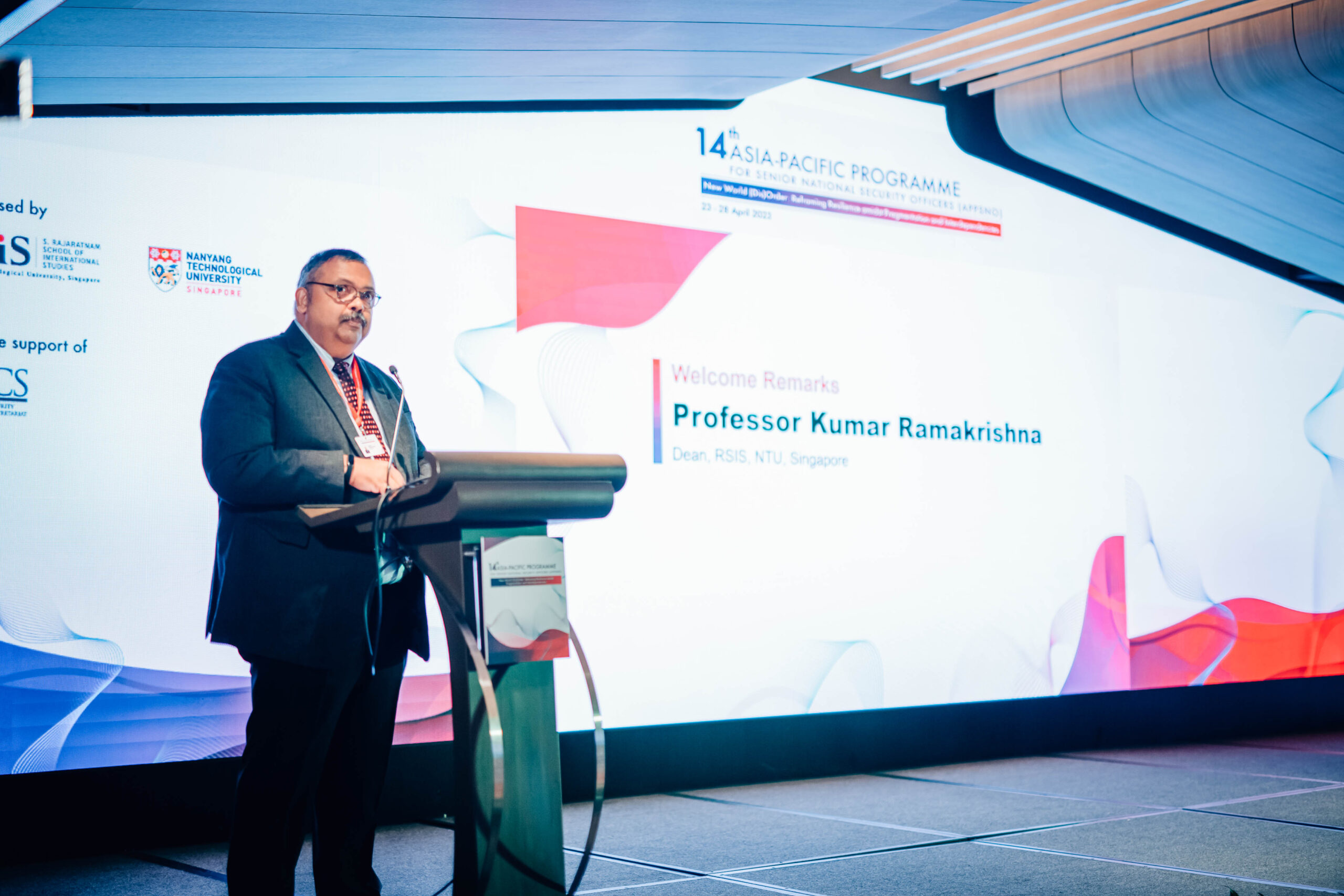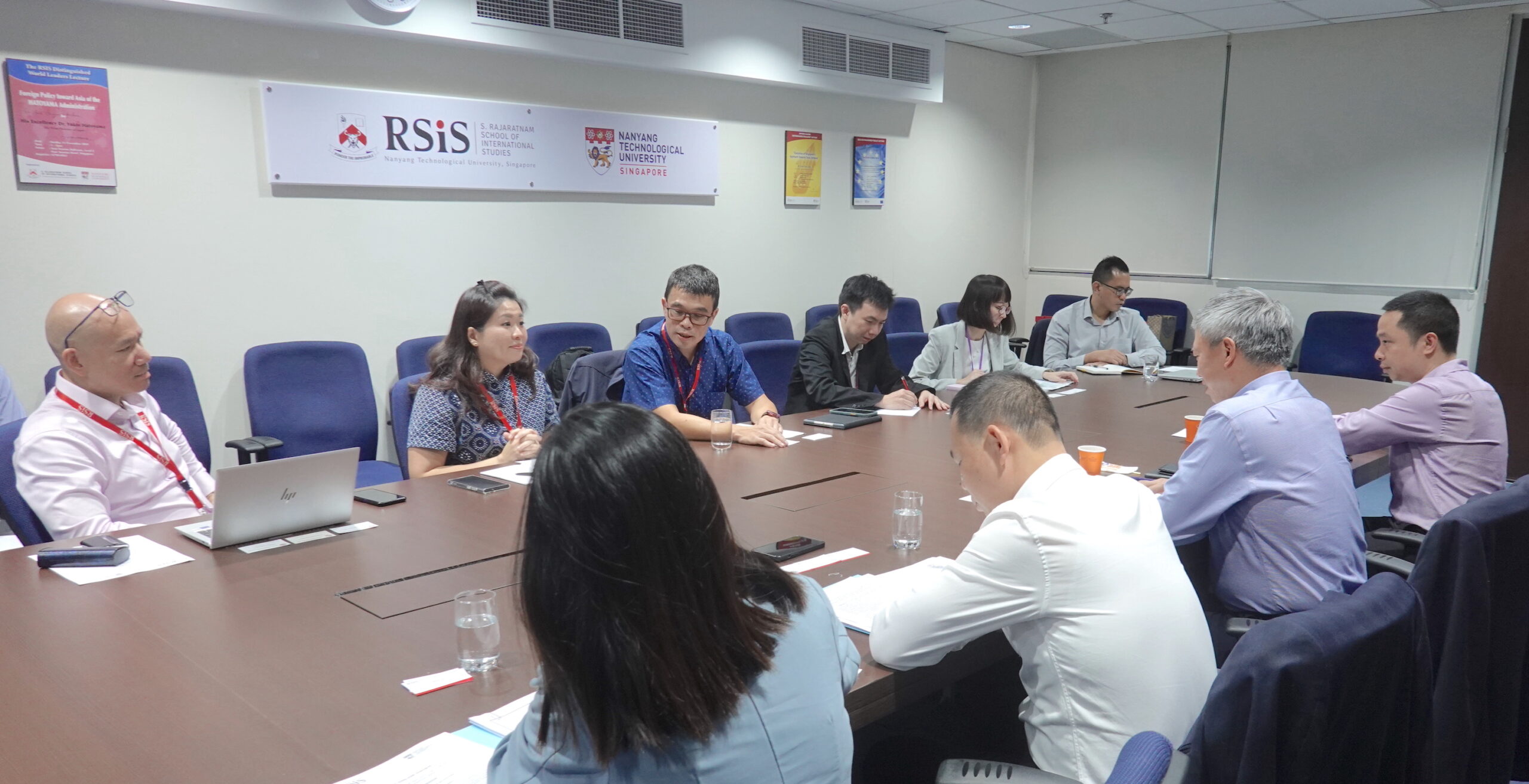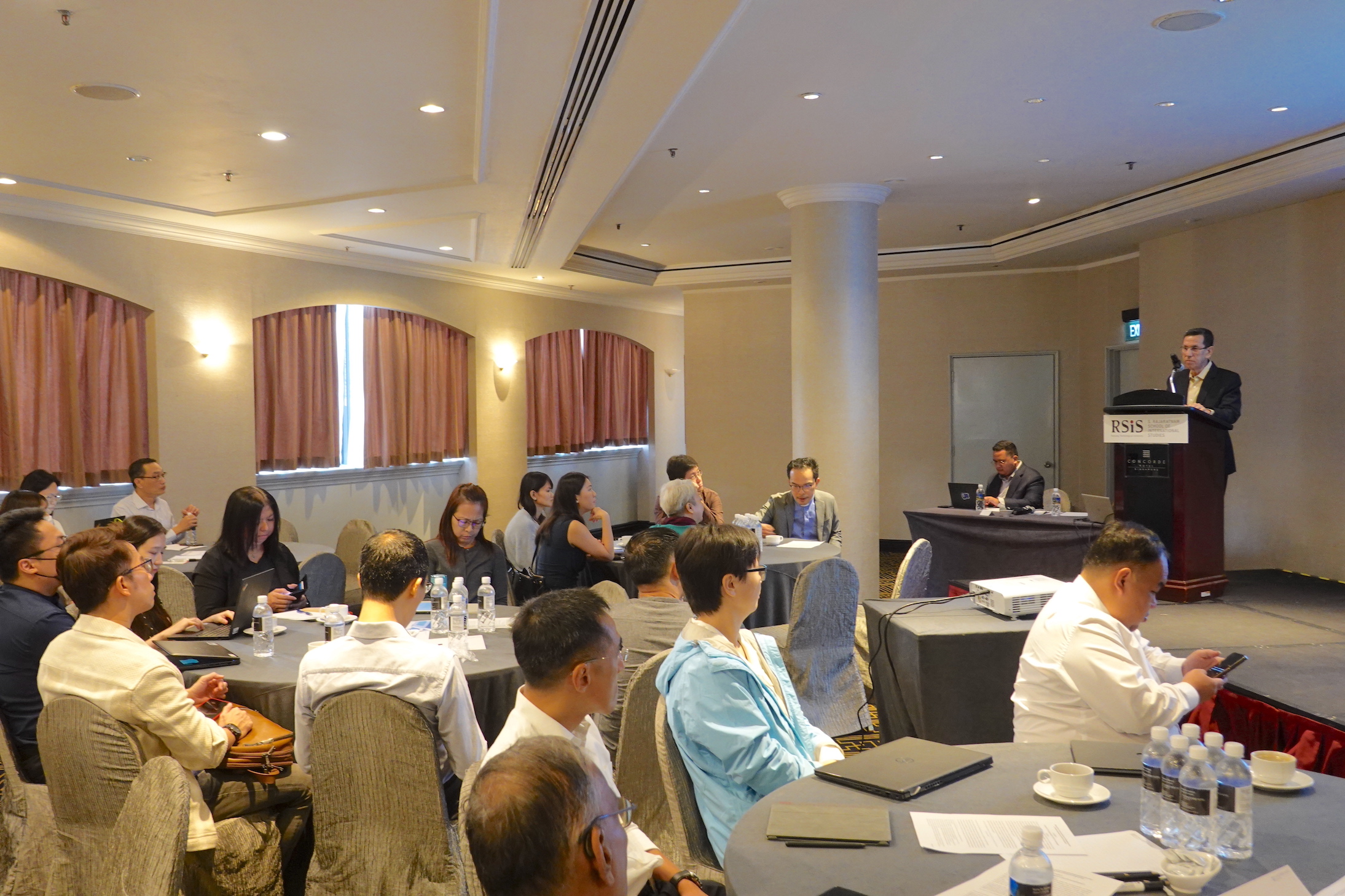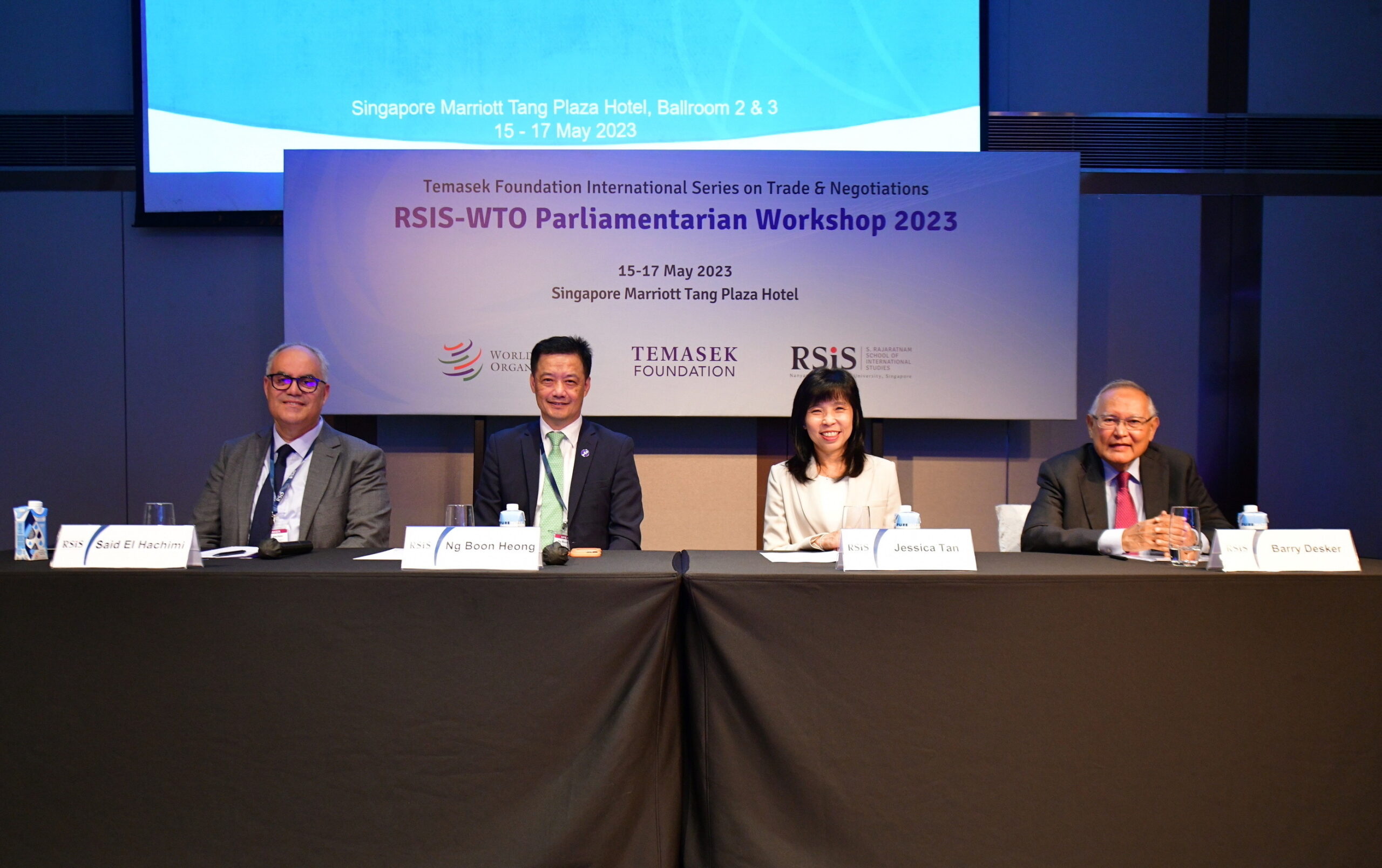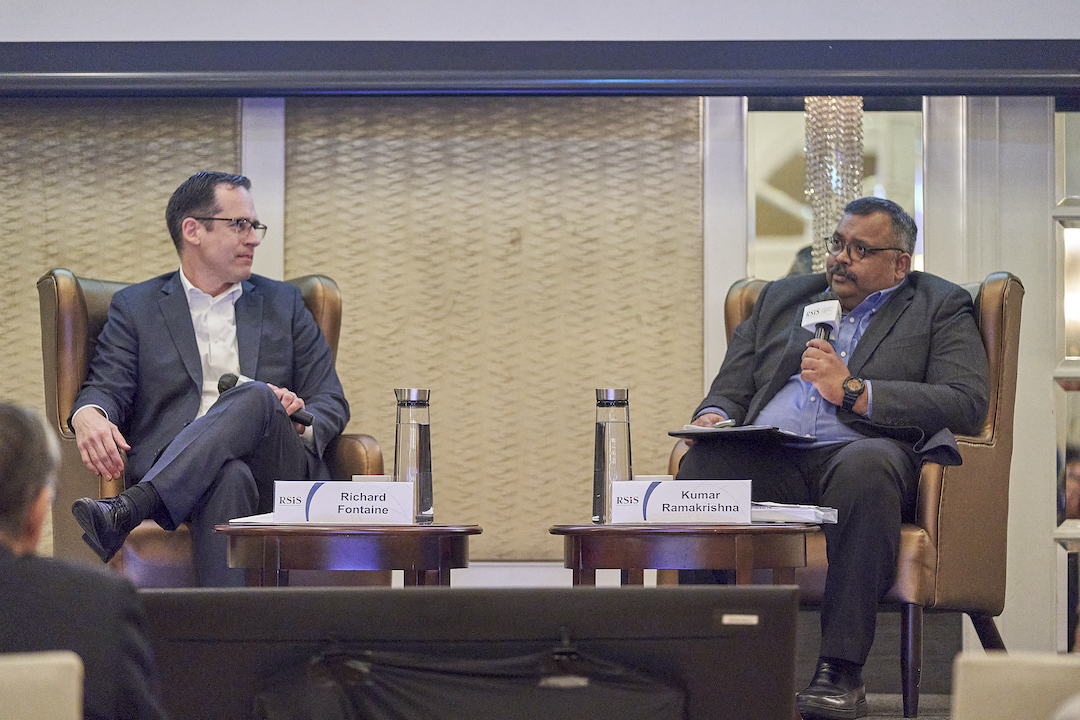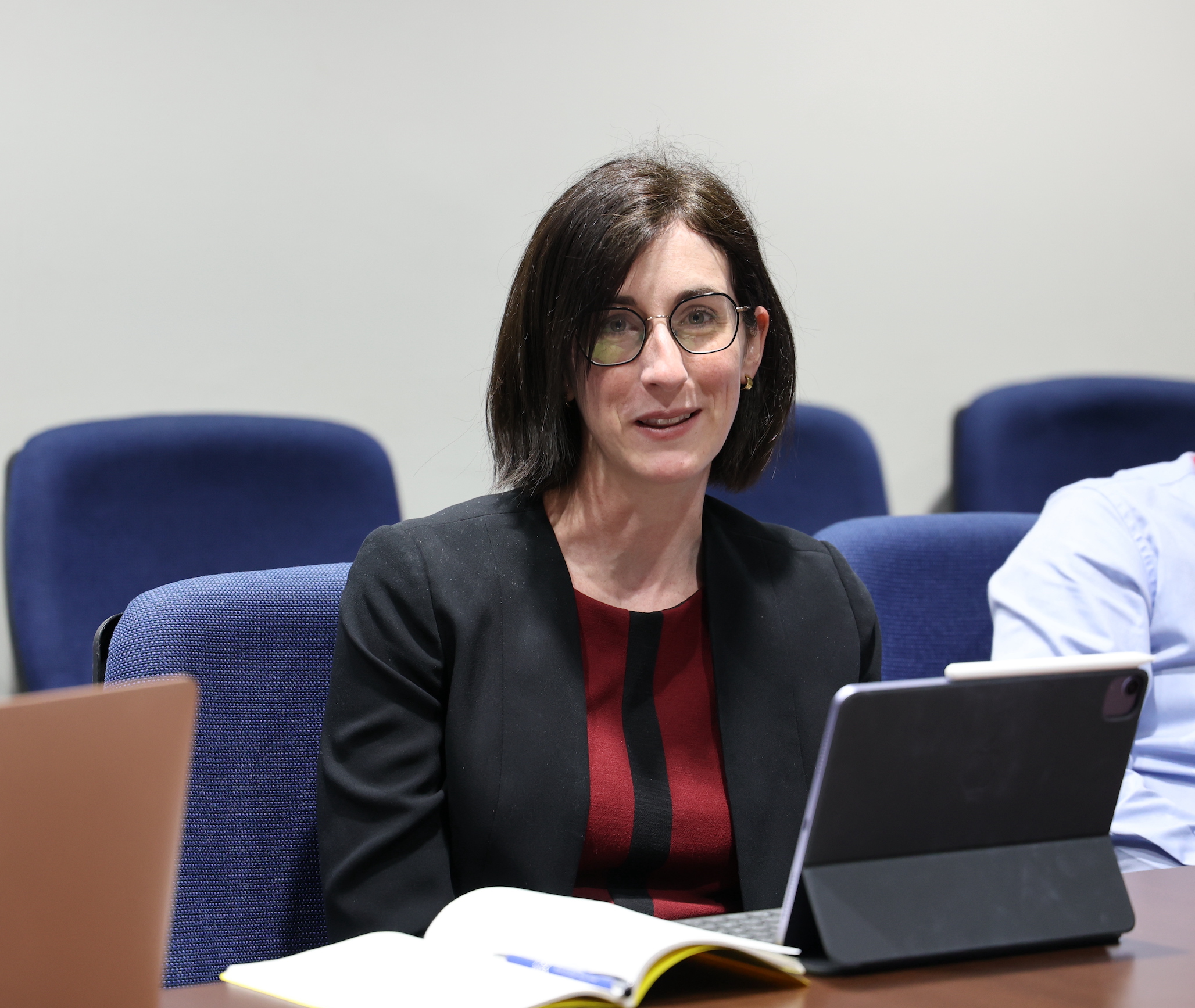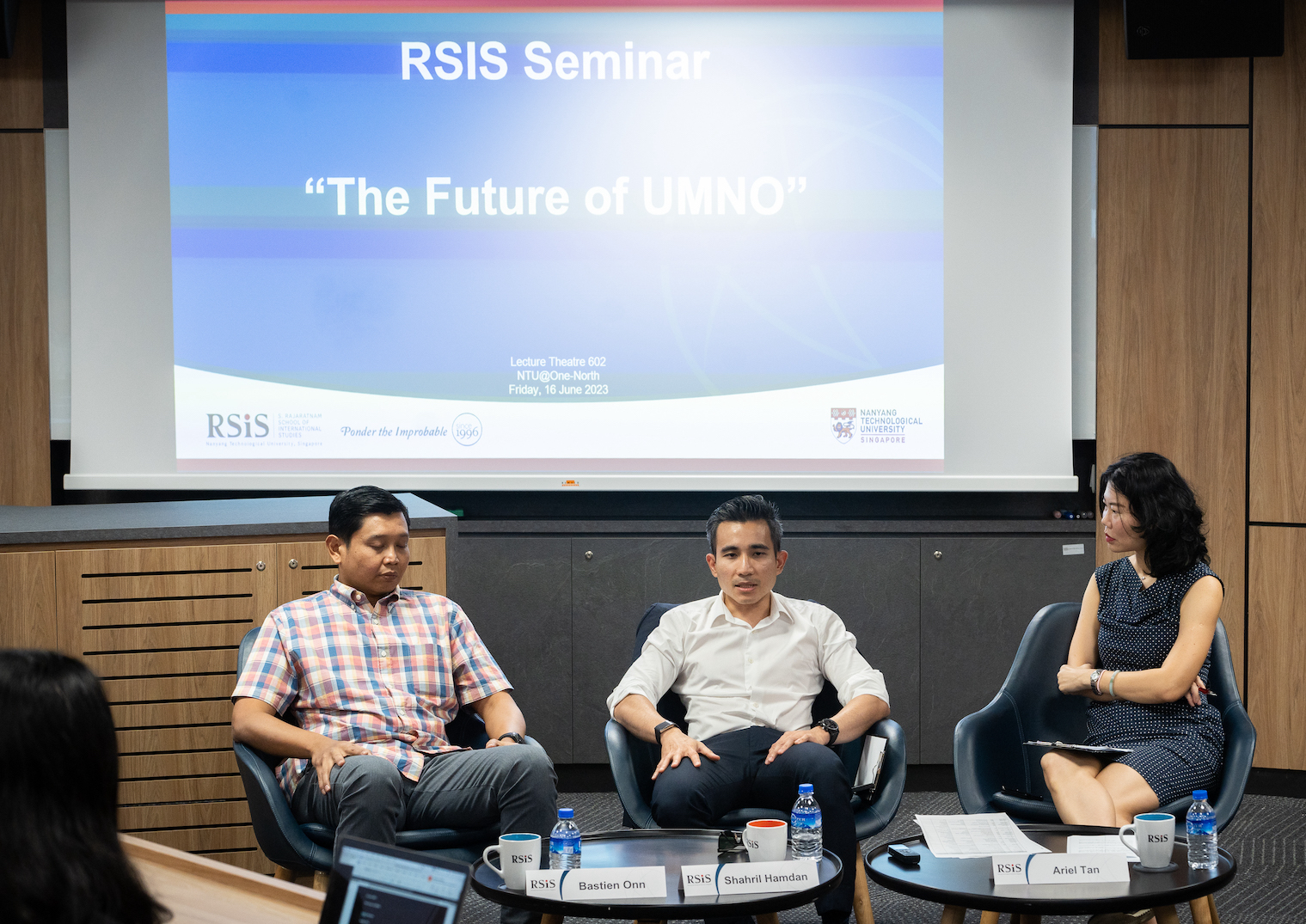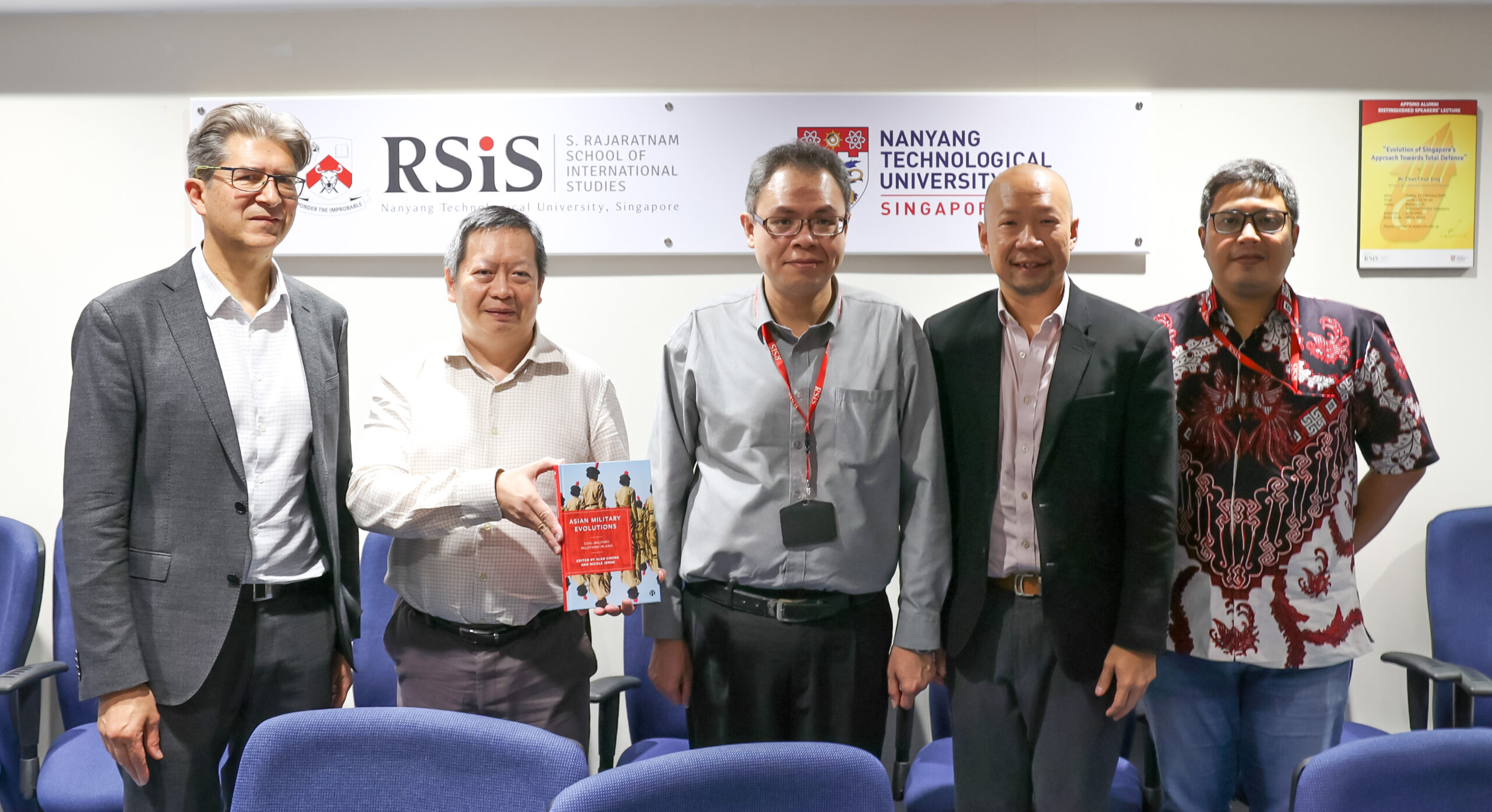

The International Centre for Political Violence and Terrorism Research (ICPVTR) organised a two-part webinar series on “Emerging Research and Tools Addressing Current Radicalisation and De-Radicalisation: Perspectives from the UK” on May 30 and June 6. The series explored emerging issues in radicalisation, de-radicalisation, tools to identify radicalisation, and the increasing involvement of young individuals in acts of extremism and terrorism.
In the first part of the series, Ms Hannah Rose, Research Fellow at the International Centre for the Study of Radicalisation, and Dr Gina Vale, Lecturer at the University of Southampton, presented on “We are Generation Terror: Are We Facing a New Era of Youth Radicalisation?” The researchers shared parts of their unique dataset on minors convicted of terrorism offences in the UK from 2016 to 2022 while also drawing from existing data released by UK agencies. The webinar examined trends in the radicalisation of “homegrown” teenage attackers, self-motivated youth travelling to terrorist-controlled areas, and young propagandists. This webinar addressed a unique aspect of radicalisation, shifting the focus from the involvement of minors as child soldiers to the radicalisation of children under 15 years old who operate independently from adults, particularly in non-conflict zones like the UK. The cases examined revealed that approximately two-thirds of these instances were associated with extreme right-wing, while the remaining one-third were linked to Islamist ideology.
The webinar also discussed the emerging new frontiers for radicalisation, such as gaming platforms, alternative social media platforms, and “aesthetic” sub-cultures. The researchers noted that the youth are not just victims, as it is commonly assumed, but increasingly are the “groomers, propagandists, recruiters, plotters, and convicted perpetrators.” The webinar also dealt with issues on what is a “child terrorist” and agency and accountability when minors are involved. During the Q&A session, the speakers addressed questions on the role of mental health and neurodiversity such as autism in youth radicalisation, why these cases are showing up more recently, rehabilitation models suitable for children, and problems concerning data availability and the role of the wider community in addressing youth radicalisation.
In the second part of the series, Dr Sanaz Zolghadriha, Lecturer at University College London, presented on “Assessing the Extremism Risk: From Individual Risk Factors to Risk Assessment Tools”, where she shared her research on tools for assessing risks of extremism such as the Extremist Risk Guidelines (ERG) and the Violent Extremist Risk Assessment (VERA). Dr Zolghadriha gave an overview of the development of terrorism risk assessment tools and covered identifying individual risk factors to assess the validity and reliability of risk assessment tools. She also discussed experimental studies to test such tools.
Her presentation covered the major changes the risk and extremism risk assessment tools have undergone since their introduction. While the traditional goal of risk assessment is recidivism to guide rehabilitation, she observed that following the 9/11 attacks, risk assessment tools are increasingly associated with figuring out those at higher risk of committing acts of terror. She noted that assessing the risk of individuals without a history of violence or extremism, as opposed to assessing recidivism cases, is more challenging due to limited data availability.
The presentation also covered the scientific qualities of individual risk factors, scoring criteria, the possible subjectivities involved, and the implementation of risk assessment tools. The webinar underscored the need to develop risk assessment tools based on data-driven processes with empirical findings.
Dr Zolghadriha responded to questions on whether and to what extent these tools can be adapted to different types of extremisms and socio-cultural contexts and ways to overcome subjectivity in assessments. Dr Zolghadriha also shared where she thinks the development of risk assessment tools is headed and what advancements can be expected in the coming years.




